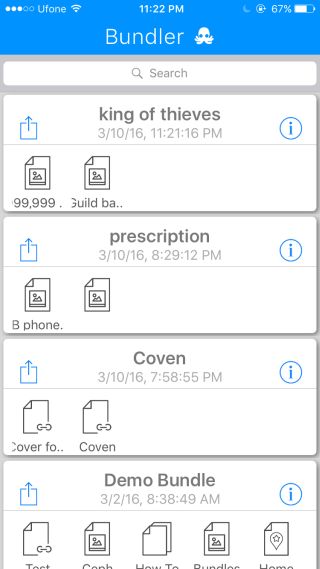

#IOS LIST BUNDLE FILES HOW TO#
Once the keys are set up, let’s learn how to get the translations for these. boot the switch in ROMMON mode heres how: 3a. Localizable.strings (Russian): "welcome_screen_title" = "Добро пожаловать" It will tell you which file is being searched as IOS image Inside the firewalls. Localizable.strings (German): "welcome_screen_title" = "Willkommen" Localizable.strings (English): "welcome_screen_title" = "Welcome" Key is a unique identifier that is used in the source code when the application is served to the user, keys are replaced with the corresponding translations for the language set by the user. As mentioned before, the localization process involves keys and values. So, our Localizable.strings files are ready, therefore let’s populate these. Now you can expand it and see Localizable.strings file for every language: Step 3: Working with translations Let’s find Localizable.strings using Navigator. In the Choose files and reference language… dialog select the Localizable.strings file for Localization (we are not covering.

In this tutorial we’ll add German and Russian languages. Select only the Localizable.strings file for localization. May contain other values to tell apart MVNOs. Specifies a list of carriers for which the carrier bundle applies. Find the Localization section section, click the “plus” ( +) icon, and add the desired languages. This PLIST file is the core element of a carrier bundle, defining various settings. Select your root project file, and then proceed to the project panel. Let’s add some languages to the application and create. In Utilities, you will see localization panel.Ĭlick Lokalize… and continue to next step. Now, let’s select Localizable.strings file in the Navigator. Search for strings and you will see Strings File in Resource window:Ĭhoose Strings File and name the file Localizable: Select File → New → File… or just tap Ctrl+N or Cmd+N. Let’s create this file for the base language first. Localizable.strings stores application strings as key-value pairs for each language. Part I: Setting up your app Step 1: Create Localizable.strings file


 0 kommentar(er)
0 kommentar(er)
